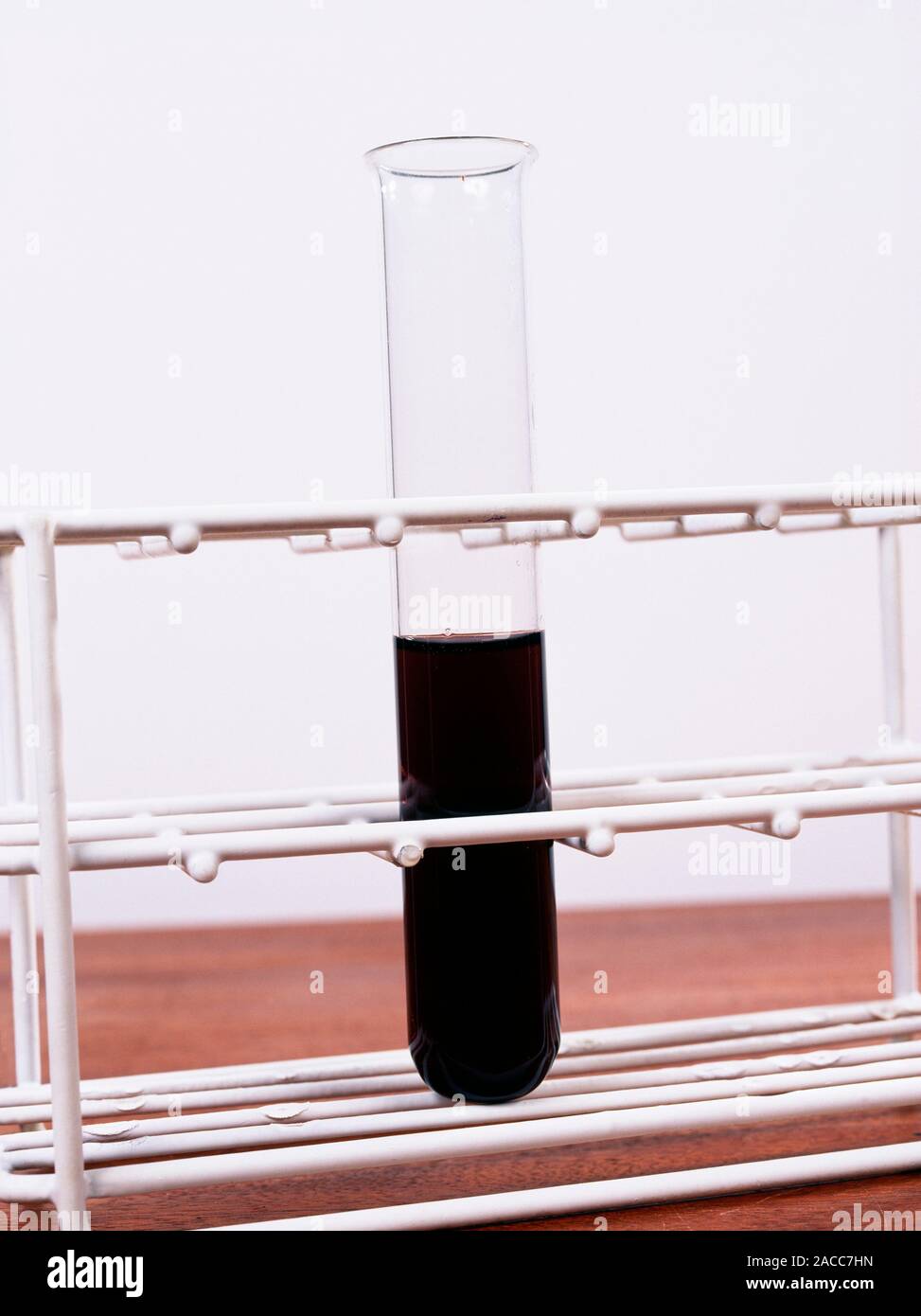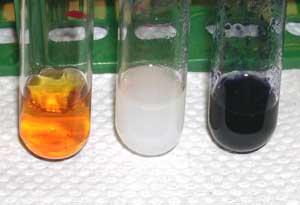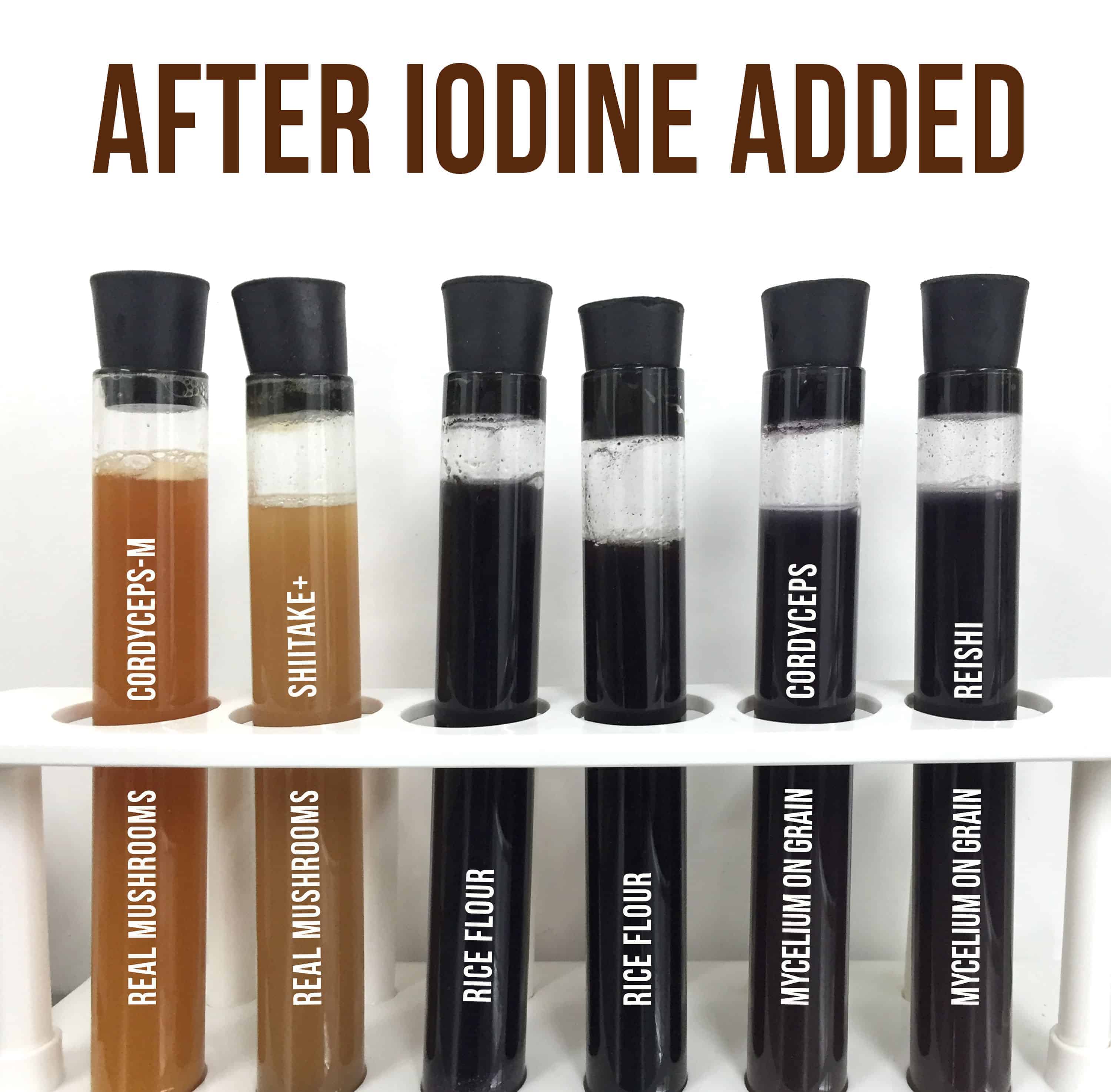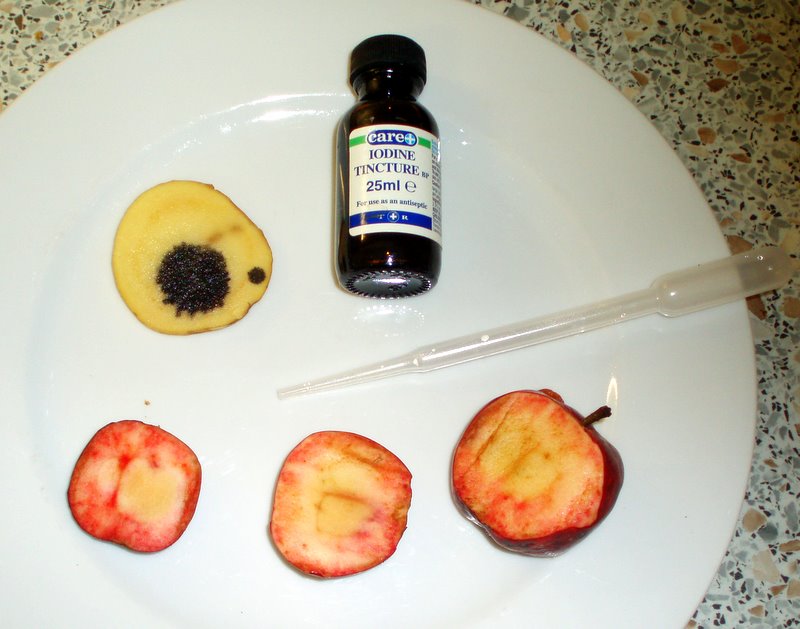Iodine test for starch is a simple laboratory procedure that is used to detect the presence of starch in a substance. The test is based on the fact that iodine reacts with starch to produce a blue-black color. This reaction is known as the iodine-starch test and is widely used in the field of biology, chemistry, and food science.
To perform the iodine test for starch, a small amount of iodine solution is added to a substance that is suspected to contain starch. If the substance contains starch, the iodine solution will react with the starch molecules and produce a blue-black color. If the substance does not contain starch, no color change will occur.
The iodine test for starch is a quick and easy way to determine the presence of starch in a substance. It is often used in the laboratory to identify the presence of starch in plant materials, such as grains, legumes, and vegetables. It is also used to detect starch in food products, such as bread, pasta, and flour.
One important thing to note is that the iodine test for starch is not a quantitative test, meaning it cannot be used to determine the exact amount of starch present in a substance. It is only a qualitative test that can be used to determine the presence or absence of starch.
There are a few limitations to the iodine test for starch. First, it is not always accurate in detecting small amounts of starch. Second, certain substances, such as certain types of proteins and sugars, can interfere with the test and produce a false positive result. Therefore, it is important to carefully control the test conditions and use proper controls to ensure accurate results.
In conclusion, the iodine test for starch is a simple and effective way to detect the presence of starch in a substance. It is widely used in the laboratory and has many applications in the fields of biology, chemistry, and food science. While it has some limitations, it is a valuable tool for identifying starch in a variety of materials.





